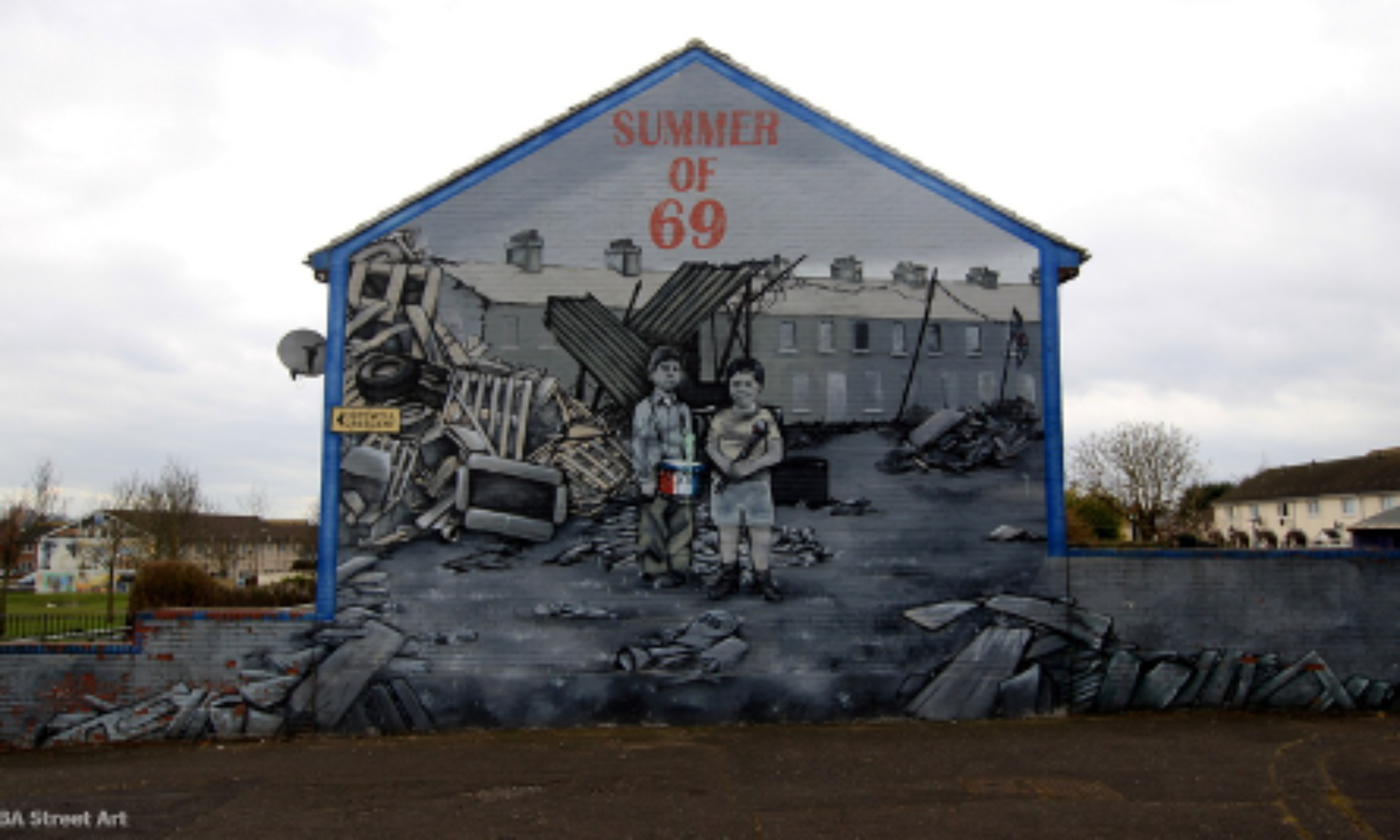One of the biggest themes we have looked at this semester is hope. Hope for change and hope for love. Following the readings, we have looked at so far, hope plays a big role in the conflict and the actions of the characters. The characters in the texts use hope to drive them in the fight for change.
In MLK’s texts, The Voices of the Chicago Eight, and Catonsville nine, all of these individuals fought for equality of all people. In MLK’s texts, he was fighting for equality between races and he used hope to drive the movement and the people fighting for equality. Additionally, an important metaphor was presented to the class in the video on Huey Newton. Newton states that the Black panther group is the tip of a spear while the people are the butt of it. He explains that without the butt (of the spear) the tip would be as dangerous as a toothpick. This metaphor is important because it shows that the leaders of the movement are important, but the people and their hope is what drives change. When considering MLK, he had a huge impact on the Civil Rights Movement but the hope of the people is what made more of an impact.
Another important theme is hope defeated by violence. This theme can also be seen in the texts above. When looking at this theme, we can see that the people and their hope are hit with opposition from the “higher power.” This “higher power” in most of these pieces is the Justice system. Specifically, the police are seen as exerting violence onto those that are fighting for change and those that have hope. This hope is shot down by this oppressor and it either becomes fear or anger. This change in emotions significantly alters the momentum and trajectory of the movement because it threatens hope.
